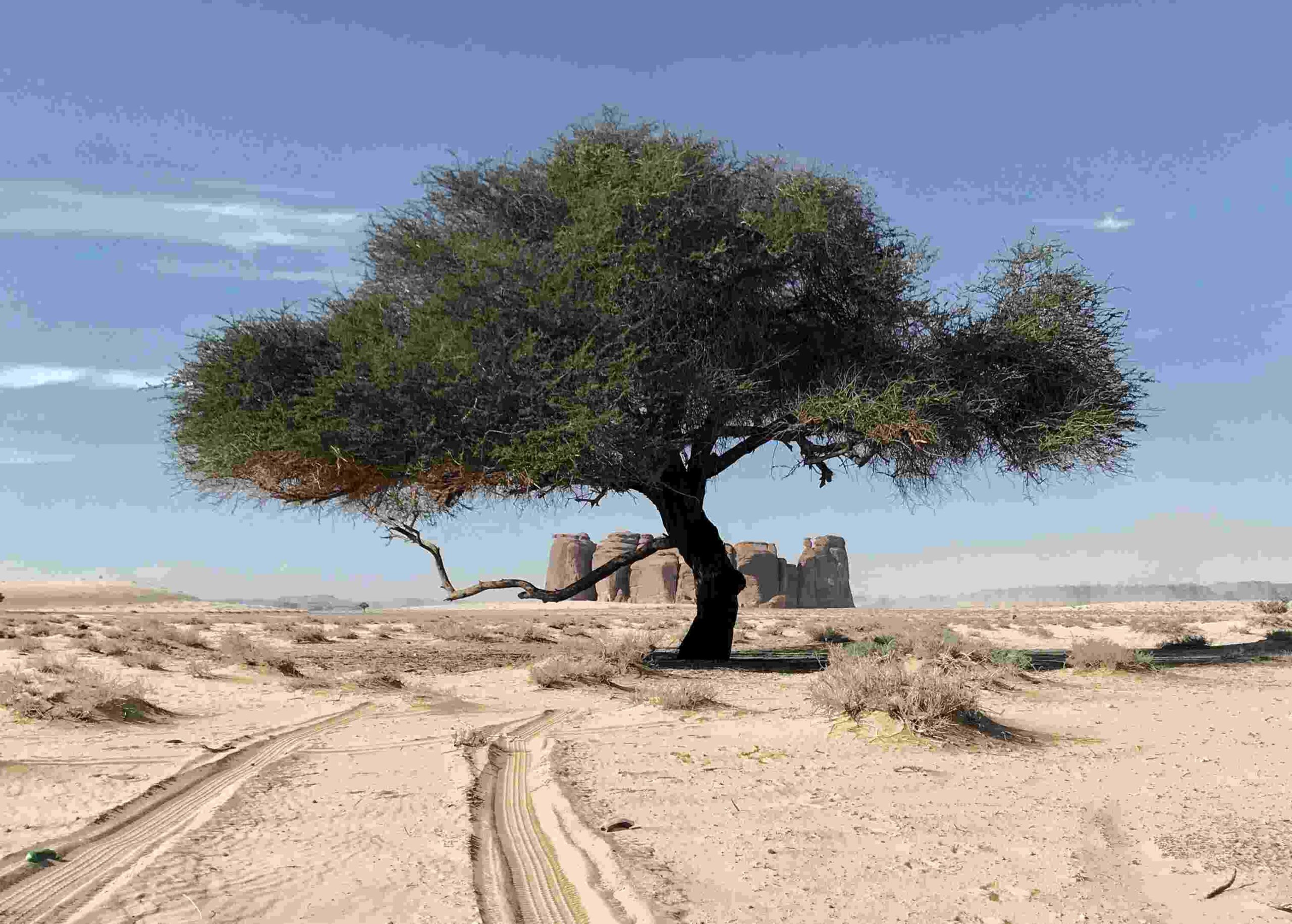
Your ecological constraint mapping guide
Biodiversity is a critical component of the natural world, providing numerous ecosystem services that support human wellbeing and underpin the global economy. However, in countries like Saudi Arabia, economic development and other human activities can pose significant threats to the region’s unique flora and fauna. Development is happening at an unprecedented pace, and ecological constraint mapping is a critical tool for balancing economic growth with the conservation of the country’s unique biodiversity.
This is where the Staterra team comes in. Based on our experience and knowledge, we are sharing with you today an effective guide, prepared by our Principal Consultant – Ecology, Laith El-Moghrabi, to ecological constraint mapping, providing step-by-step instructions and practical tips for conducting a thorough and comprehensive assessment. By following this guide, you can ensure that your development projects are compatible with biodiversity conservation and reduce their environmental impact.

Here are the ten points to consider when implementing ecological constraint mapping:
- Undertake database and literature searches: in order to identify ecological and biodiversity-related constraints, it’s important to conduct a thorough review of environmental datasets and literature, including protected areas and key biodiversity areas, conservation significant species, UNESCO world heritage sites, Ramsar wetlands, and other relevant information.
- Review compatibility with nearby conservation areas: when conducting ecological constraint mapping, it’s important to review and discuss compatibility of the project with the conservation objectives of nearby protected areas and key biodiversity areas, in order to ensure that project implementation does not adversely impact these areas.
- Align with international standards and guidelines: it’s important to align ecological constraint mapping with international standards and guidelines, such as the International Finance Corporation (IFC) Performance Standards and guidelines, and the Equator Principles.
- Consider buffer distances: the mapping should discuss required separation or buffer distances between conservation areas, populations, and project areas, to minimize impacts to biodiversity and ecological function of conservation areas.
- Identify medium to high-risk constraints: a project risk analysis should be conducted to identify constraints that are deemed medium to high risk, and appropriate mitigation measures should be specified.
- Provide recommendations: based on the ecological constraint mapping, mitigation measures and recommendations should be provided, including ones for further investigation to fill gaps of knowledge.
- Conduct site visits: regular site visits are highly recommended to assess potential ecological constraints and better understand the ecological context of the proposed project.
- Engage with stakeholders: it’s important to engage with stakeholders, including local communities, conservation organizations, and other relevant stakeholders, to ensure that their concerns are taken into account in project planning and implementation.
- Use expert advice: ecological constraint mapping should be conducted by experts with a deep understanding of ecological and biodiversity-related factors, as well as relevant laws and regulations. Our expertise in ecology services make us a key player in providing such services to organisations in KSA and the GCC region.
- Monitor and adapt: finally, it’s important to monitor the implementation of the project and adapt the mitigation measures as necessary, in order to ensure that biodiversity considerations continue to be taken into account throughout the project lifecycle.
Ecological constraint mapping is a crucial process to ensure sustainable economic development while minimising the impact on biodiversity. By identifying potential constraints and designing appropriate mitigation measures, projects can balance economic growth with environmental sustainability and preserve the natural world for future generations.
Expertise and understanding of ecological and biodiversity-related factors are essential in the process of ecological constraint mapping, which should involve stakeholder engagement and ongoing monitoring.
Ultimately, ecological constraint mapping aims to provide guidance for decision-making by identifying potential constraints affecting project construction and operation. By identifying ecological and biodiversity-related constraints, businesses can take necessary measures to minimize their impact on the environment and local communities.
At Staterra, we understand the importance of biodiversity management and the critical role it plays in achieving environmental management excellence. Our team of specialists is dedicated to providing practical, actionable solutions tailored to your business needs, empowering you to do better and build for the future while going beyond compliance.
